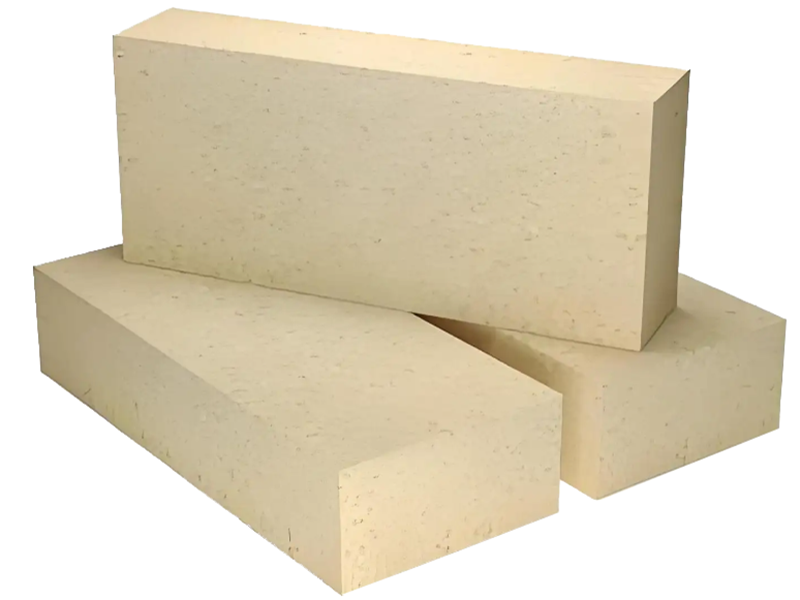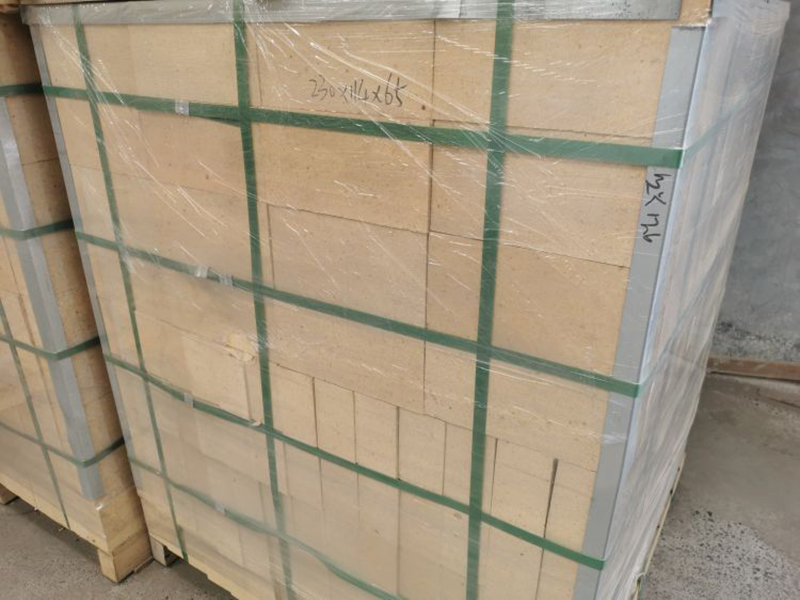High Alumina Insulation Brick: Lightweight Strength for High-Temperature Efficiency
In high-temperature industrial operations, balancing thermal insulation and mechanical durability is crucial. High alumina insulation brick meets this demand perfectly — offering superior heat resistance, low thermal conductivity, and excellent structural stability. Designed for furnaces, kilns, and thermal equipment operating between 1350°C and 1790°C, this refractory material provides both energy savings and long service life in some of the harshest industrial environments.
Composition and Structure
The high alumina insulation brick is primarily composed of alumina (Al₂O₃) and silica (SiO₂), often enhanced with selected lightweight additives. The key differentiator from ordinary fireclay insulation bricks is its higher alumina content (≥45%), which ensures greater refractoriness and structural strength at elevated temperatures.
Its microstructure features a uniform distribution of micropores — achieved through advanced foaming and firing techniques — resulting in a lightweight yet strong insulating body. The combination of low density and high porosity enables effective heat retention and minimal heat transfer.

Key Features and Benefits
Exceptional Thermal Insulation
The high alumina insulation brick has extremely low thermal conductivity, effectively minimizing heat loss in industrial furnaces. This leads to significant fuel savings and improved energy efficiency.
High Refractoriness
With a softening point above 1500°C, the brick maintains shape and strength even in long-term continuous operation at high temperatures.
Low Bulk Density
Weighing 30–50% less than dense refractory bricks, it reduces overall furnace weight and heat storage, enabling faster heating and cooling cycles.
Excellent Thermal Shock Resistance
Thanks to its porous structure, high alumina insulation brick can endure rapid temperature changes without cracking or spalling — an essential feature for furnaces subjected to frequent thermal cycling.
Mechanical Strength with Lightweight Design
Although lighter than traditional refractories, it maintains sufficient mechanical integrity to support load-bearing applications in kiln linings and backup insulation systems.
Chemical Stability
The brick demonstrates strong resistance to chemical corrosion and slag attack, particularly from acidic and neutral environments, ensuring long-lasting performance.
Applications Across Industries
The versatility of high alumina insulation brick makes it ideal for multiple high-temperature industrial applications:
Steel and Metallurgy: Used as backup insulation behind dense refractory linings in ladles, reheating furnaces, and heat-treatment chambers.
Ceramic and Glass Production: Applied in kilns, furnaces, and glass tanks for precise thermal control and reduced energy loss.
Cement Industry: Installed in preheaters, rotary kilns, and clinker coolers to resist abrasion and maintain temperature balance.
Petrochemical and Power Plants: Insulation for reactors, reformers, and boilers, improving thermal efficiency and reducing outer shell temperature.
Non-Ferrous Metal Smelting: Protects furnace linings from rapid temperature fluctuations and aggressive slag environments.

Performance in Operation
In high-temperature service, high alumina insulation brick exhibits consistent volume stability and minimal shrinkage. Its combination of lightness and strength helps reduce structural stress within the furnace, extending lining lifespan. Moreover, the smooth surface and uniform density ensure easy installation, compatibility with refractory mortars, and reliable joint sealing.
For applications requiring customized insulation, the brick can be machined or shaped into various sizes, arches, and modules without compromising its insulating performance.
Industrial Advantage
Using high alumina insulation brick in furnace design offers measurable advantages:
20–30% reduction in energy consumption compared to traditional refractory systems
Extended furnace life due to reduced mechanical and thermal stress
Faster thermal cycling, increasing production efficiency
Reduced maintenance costs and easier installation or replacement
In today’s energy-conscious manufacturing world, high alumina insulation brick stands as a key material for optimizing furnace efficiency and ensuring reliable performance. Its lightweight nature, combined with outstanding refractoriness and durability, makes it indispensable for modern high-temperature applications — where saving energy and maintaining stability go hand in hand.
Inquiry Now
Please leave your e-mail and we will contact you as soon as possible
contact us
Your satisfaction is our top priority. Whether you have questions, need support, or want to share feedback, our dedicated team is ready to assist you every step of the way.